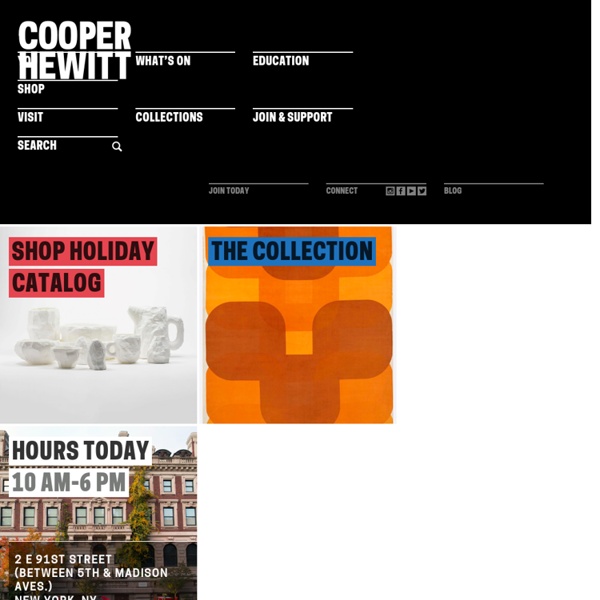



About | National Maker Faire Columbus Museum of Art | cma Cape Cod Mini Maker Faire | Make • Create • Craft • Build • Play Cincinnati Art Museum Making for All: How to Build an Inclusive Makerspace EdSurge Newsletters Receive weekly emails on edtech products, companies, and events that matter. The Maker Movement has crept into the consciousness of schools in the past few years. Leah Buechley is a former MIT associate professor and inventor of a wide range of “maker” technologies that merge high-tech and craft traditions. There are a number of organizations working to bring the empowerment of making to a wider range of people, not just in the US, but around the world. One of these Fellows is Susan Klimczak, the education organizer of Boston's Learn 2 Teach, Teach 2 Learn program at South End Technology Center @ Tent City. Another FabLearn Fellow, Roy Ombatti, is the Outreach Coordinator at the Nairobi FabLab. The days of waiting for a handout, or a company to make what you need, or grants are over. The idea of inclusion is not only important for community organizations or schools serving underserved populations.
Basket maker Mary Jackson among artists included in African Art Museum show Mary Jackson, a small, almost delicate woman with chin-length dark hair, walks through an exhibit of baskets -- some flat and traylike, some bowl-shaped, some lidded, even a basket meant to hold beer. Around her, the fragrance of sweetgrass and bulrush scents the air. Coiled baskets such as these, Jackson is explaining, have been made by Africans and African Americans for hundreds of years. Traditional shapes started out as utilitarian objects used in the harsh work of slavery, became crafts sold by the side of the road and evolved into exquisite works of art. Some of the most elegant examples here at the National Museum of African Art were woven by Jackson herself, and she quietly explains how this craft became the lifeblood of her family and the people around her. "My grandmother would talk about how [basketmaking] was done on the plantation because it was brought from Africa. People who know sweetgrass know Jackson. There are measuring cups, sewing baskets and teapots.
Creating Makerspaces in Schools Two weekends ago, I attended EdCamp NYC at The School at Columbia, an independent school on Manhattan's Upper West Side. One of the things I love about attending edcamps is that the day is always unpredictable because you don't know what will be discussed or who will be leading conversations until that morning. What ensued was an inspiring day focused on tinkering, exploration and innovation. A Day of Play and Exploration The day began with a discussion led by Don Buckley, The School's Director of Technology and Innovation, focused on design thinking in schools. Buckley used projects completed at The School to illustrate the various stages of design thinking, which include defining a problem, researching and creating a solution and a prototype, and implementing the solution. The day ended with a session on 3D printing run by Don Buckley and Jaymes Dec. Design thinking, tinkering and exploring, designing and creating . . . Why Makerspaces? Bringing Makerspaces into Schools More on Makerspaces
Craft In America / Jackson, Mary Mary Jackson Mary Jackson (b. 1945) is a basket maker who lives in Charleston, South Carolina with her husband, Stoney. She makes sweetgrass baskets that come out of a tradition that has been passed down to her from her ancestors. It originated in West Africa, and then was brought to America by slaves. This kind of basket making is an identifying cultural practice for people who were cut off from their own history, and has been a part of Charleston and Mt. Mary Jackson is featured in the Memory episode of Craft in America. Mary Jackson, Cobra with Handle, 2007, Jack Alterman photograph
ITS ART - Your CG source of inspiration and learning Free Alternatives to Tinkercad TinkerCad has been purchased by Autodesk and is up, running, and receiving regular updates! Creators of Tinkercad announced earlier this week that they would no longer be developing the popular cloud-based CAD tool. We’re fans of Tinkercad here at MAKE, having written about and praised it on the blog and in our Ultimate Guide to 3D Printing, so this is sad news. It’s going to be replaced by new software, called Airstone, that’s meant for a completely different, professional, audience. You can read more about Airstone here. The free version of Tinkercad is still available to use between now and the end of April, and paying customers will have access until the end of 2013 (you can read more about the timeline on the Tinkercad blog). Here are a few other free alternatives to Tinkercad, starting with what I think is the most beginner-friendly and ending with the least beginner-friendly: 3DTin Try it here. SketchUp Originally created by Google and now owned by Trimble. Autodesk 123D FreeCAD OpenSCAD